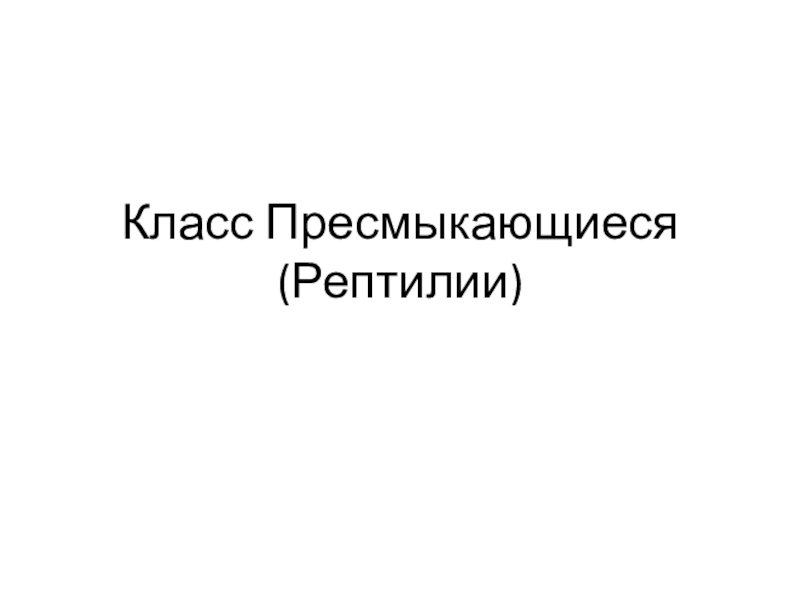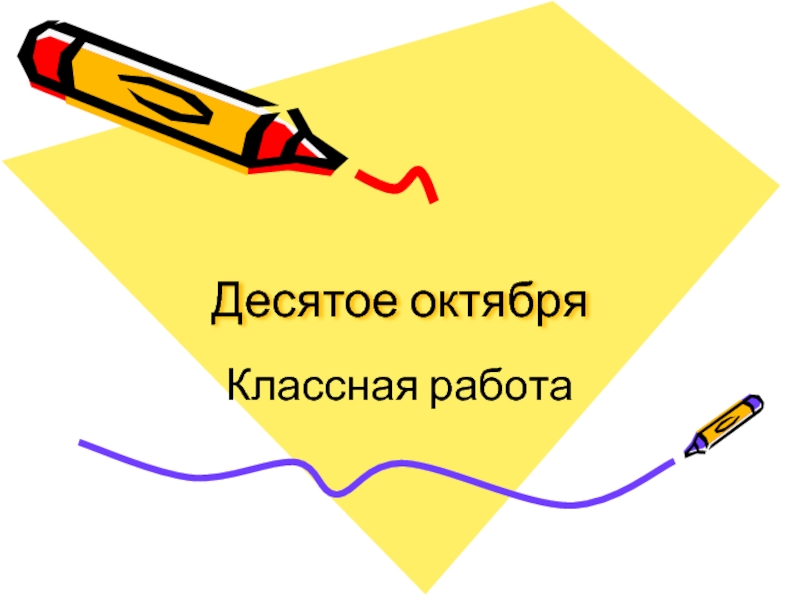all connected allowing us to share information and communicate with
each other.WWW
The world wide web is the series of web pages and files which are stored on the internet. You don't always use the world wide web when you're on the internet. For example, you might be making a Skype call or playing an online game.
WEB BROWSER
A web browser is a piece of software for converting the code in which web pages are written in to things you can see and understand. The web browser displays the text, images and video which are contained on the internet in to a clear structure so they can be browsed and viewed easily.



























